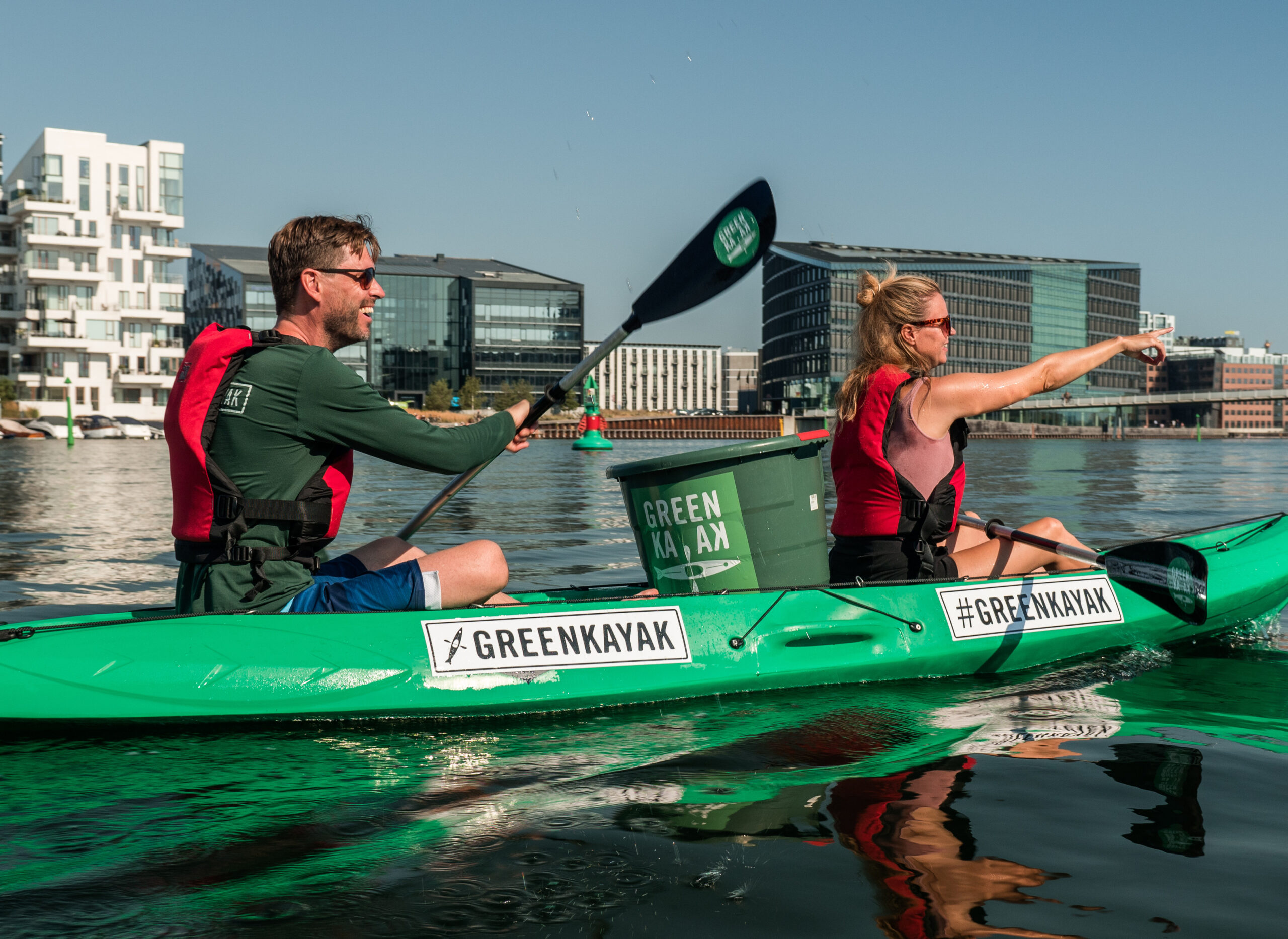NORTH STARS:
Waste Management
Carbon Footprint
Wildlife & Ecosystems
“You experience how it feels to pull the trash from the water. It feels good, it moves something in you, and you take that home with you.“
“This is meaningful. It’s fun. And we get to push our agenda,” Tobias Weber-Andersen told me. Then he handed me a portable scale and a bucket full of trash and told me to weigh it. It was the culmination of a water-based adventure that made my trip to Copenhagen particularly memorable and, even, a bit virtuous.
It’s easy to feel climate friendly while exploring Denmark’s capital city. With abundant transit and rentals, you can get around like the locals do, by metro or, better yet, on a bicycle. But I had flown to Denmark from New York and I wanted to offset the footprint of a 3,800-mile flight not through carbon credits, which are of dubious value, but through actions. Hopefully, I could have some fun at the same time I pitched in.
In Copenhagen’s harbor, Weber-Andersen showed me just the thing: GreenKayak. The environmental NGO keeps two-person, sit-on-top kayaks at 16 host docks on the city’s waterfront. You download the GreenKayak app, search the map, choose a location and time, and go for a two-hour paddle—with one caveat. Instead of paying money for the boat, you pay in trash and post about it on social media. Kayaks come, not just with life jackets, but with grabbers and buckets. It’s your job to pull debris from the water, weigh it, and discard it properly in a city receptacle.
The former manager of the popular Kayak Bar restaurant, Weber-Andersen founded GreenKayak in 2017. “Every year, Kayak Bar did a clean up. Lots of people joined. Lots of trash was removed from the water. But the next day, there was still trash,” he told me. “I wanted to come up with a solution where we could have people out paddling and picking up trash every day in summer.” GreenKayak renters get to spend some sweet time on the water. Marine life gets unburdened by a few pounds of pollution. And Weber-Andersen gets his environmentalist message spread.
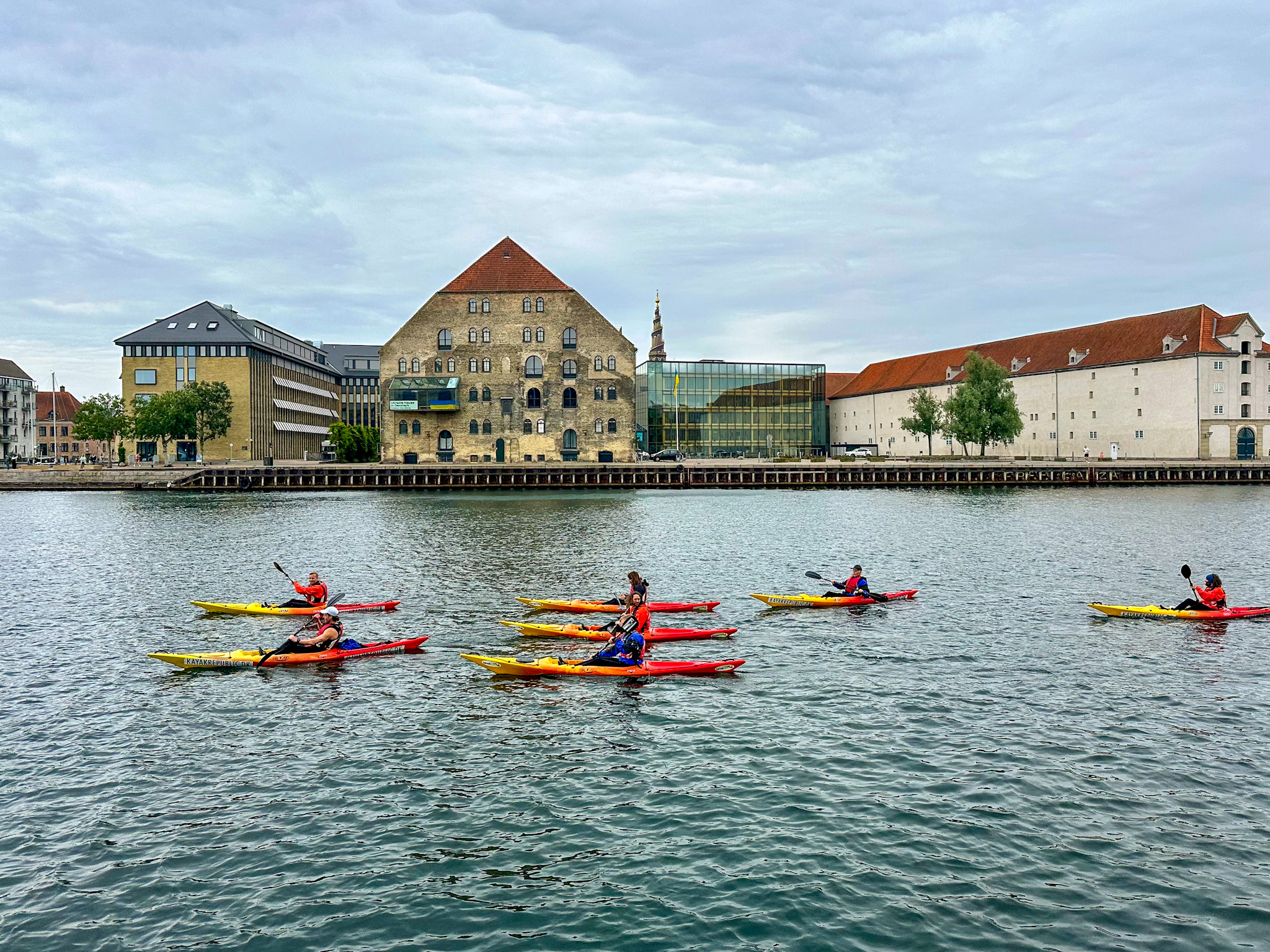
Copenhagen’s rivers are clean and a popular place for recreation. Image by Lauren Mowery
It’s a win all around, in part because you’re helping Copenhagen continue the work it started a quarter century ago when it stopped the overflow channels that once dumped sewage and industrial water directly into the water. Today, kids swim in Copenhagen harbor. Arctic terns and great cormorants dive for fish that live on stone reefs and in biohuts constructed to encourage their abundance. Zero-emissions electric ferries ply the canals. But, still, this is a city, and there’s plenty of stray trash.
“Yesterday I was out with a group, and they collected 150 kilos, including some bicycles,” said Weber-Andersen. Tall and fit, he met me on the Christianborg Canal in a GreenKayak t-shirt. “But mostly it’s what you see if you open a trash bin: paper cups, plastic bags, cigarette butts,” he said.
So many cigarette butts. As we paddled around the canal’s boat slips, pulling detritus from beneath piers and around pilings, I found myself getting obsessed with grabbing every waterlogged wad of filter and spent tobacco. I had expected to enjoy seeing the city from the water, but I hadn’t figured on the fun I’d have gaming the odds against tossed scraps.
In the end, Weber-Andersen and I scooped 9 kilograms, or nearly 20 pounds, of trash. It felt good to know that instead of floating out into the ocean, where it had been bound, our collected rubbish was headed into the municipal waste stream, to be converted at an incineration plant into the energy that Copenhagen runs on. But my morning paddle also had a higher purpose.
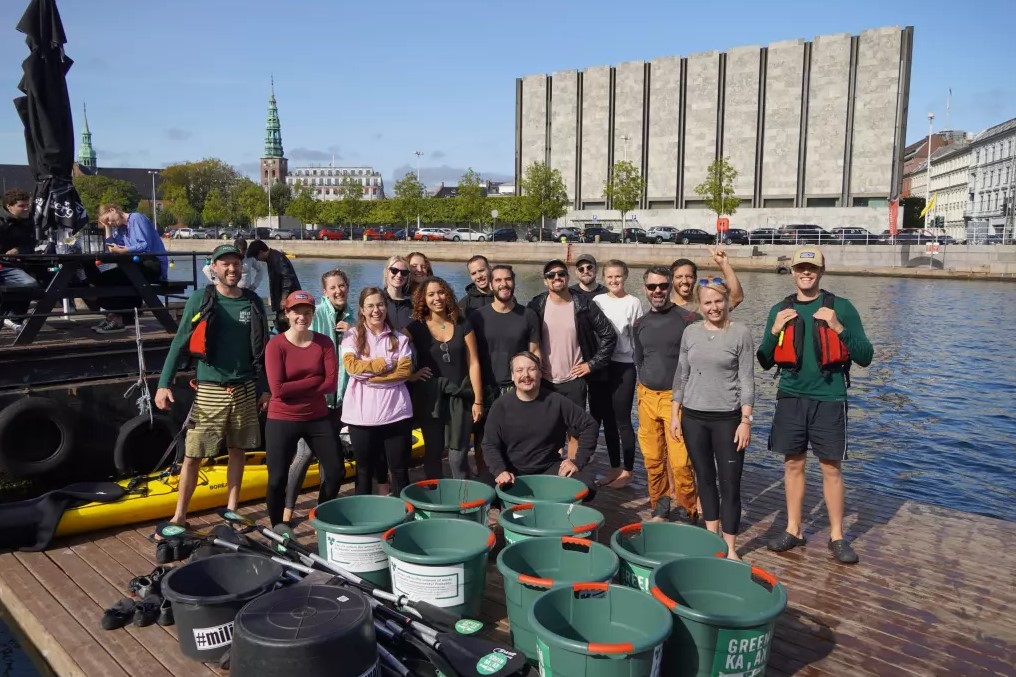
GreenKayak team celebrating a successful outing. Imgae courtesy of Green Kayak.
“It’s not that important how much trash we pick up. In the long run, it’s just a tiny bit of what’s ending up out there in the ocean,” Weber-Andersen said. “But the number of people getting involved, sitting in the kayaks? That’s really interesting because you experience how it feels to pull the trash from the water. It feels good, it moves something in you, and you take that home with you.” Locals and visitors agree. During the summer high season, nabbing a reservation for a kayak is slightly less competitive than getting a reservation at Noma.
With the help of corporate sponsors—Carlsberg Beer, BioTherm Skincare—GreenKayak has spread to 16 other cities across Denmark, and in Norway, Sweden, Germany, Finland, and Japan. More than 72,000 paddlers have removed 113 tons of waste from the water. “Plastic is everywhere and is a threat to our environment and climate. Green Kayak is one of the best examples of local and very engaging clean up efforts that are needed to supplement policy and business efforts to reduce plastic pollution,” says the European Environment Agency’s expert on circular economy, textiles, and plastics Lars Mortensen. EEA studies have cited Green Kayak for its work in helping consumers understand the negative impact of single-use plastics.
That, in the end, is GreenKayak’s m.o.: to raise awareness about our need to be better stewards of the planet. And it’s where social media comes in. Snapping my photo as I posed with my trash, Weber-Andersen said, “This way we can affect more people. We can dig in a little bit into their minds about a way of living that’s a bit more sustainable.”
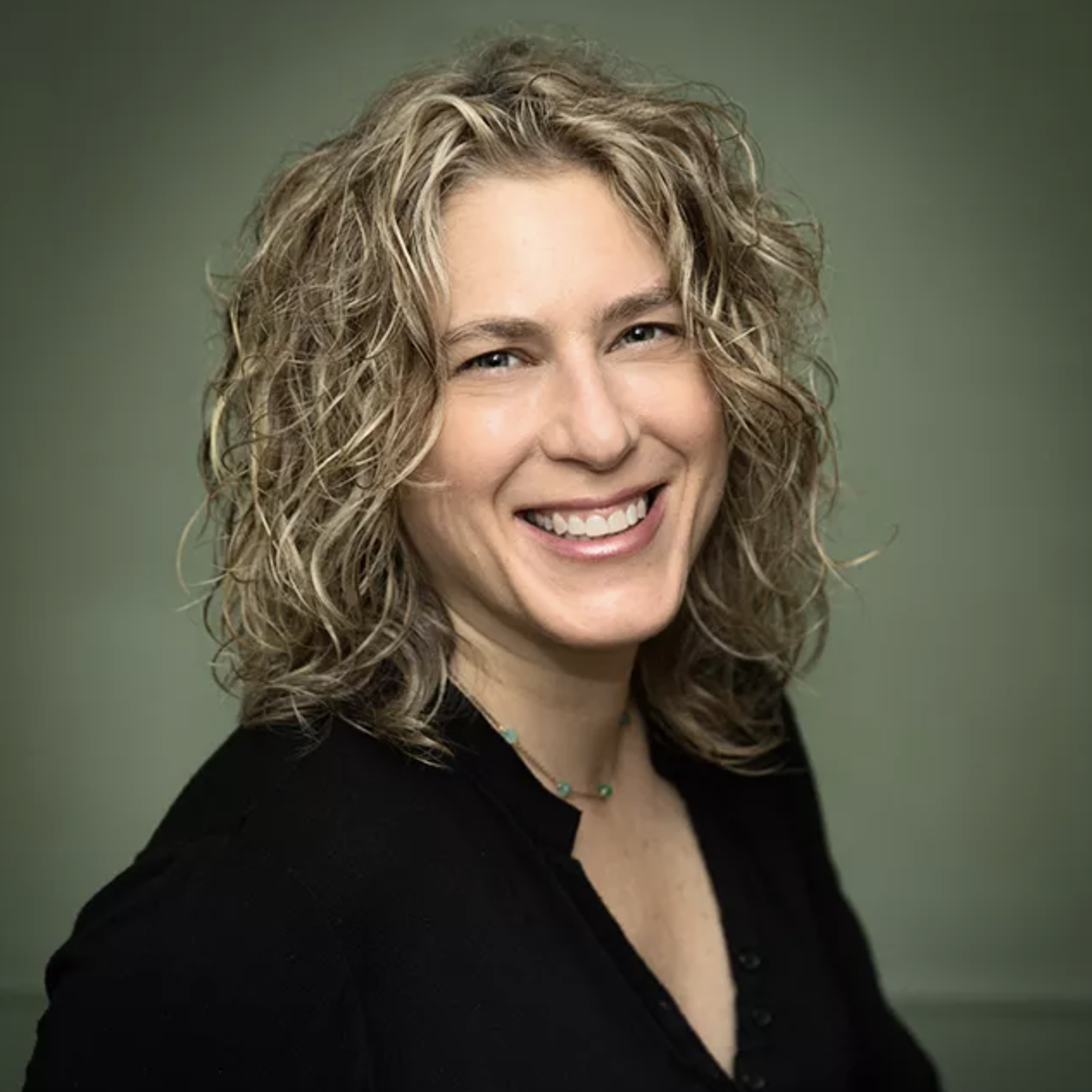
Betsy Andrews is an award-winning journalist with more than two decades of experience covering food, drink, and travel. She is also a poet. Her books include New Jersey and The Bottom.


